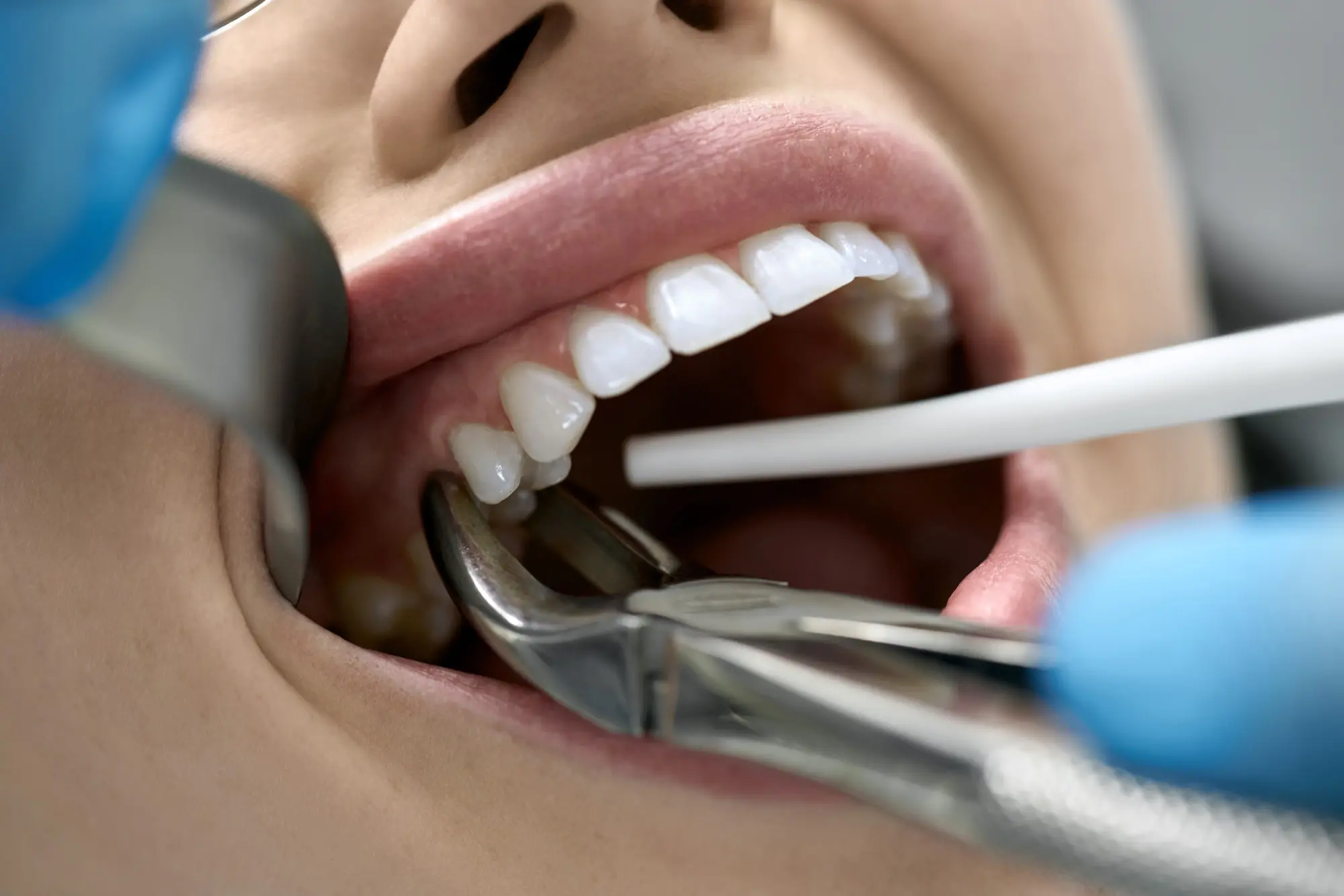Unveiling the Mystery: Navigating Insurance Coverage for Eyelid Surgery
Eyelid surgery, also known as blepharoplasty, is a procedure that addresses drooping upper eyelids or puffy bags under the eyes. While it can enhance appearance, eyelid surgery can also have functional benefits by improving vision obstructed by sagging eyelids. However, navigating insurance coverage for this procedure can be confusing. This article explores the factors influencing insurance coverage for eyelid surgery and offers strategies for maximizing your chances of getting it covered.
Disclaimer: It is crucial to understand that insurance coverage for eyelid surgery varies depending on your specific insurance plan and the reason for the surgery. Always consult your insurance provider for definitive information regarding coverage for your individual situation. This article is for general informational purposes only and should not be a substitute for professional medical advice.
Function vs. Form: Understanding Coverage Criteria
Insurance companies typically cover eyelid surgery when it’s deemed medically necessary, not solely for cosmetic purposes. Here’s a breakdown of the scenarios that might qualify for coverage:
- Visual Impairment: If drooping upper eyelids significantly obstruct your upper visual field, hindering activities like driving or reading, insurance might cover surgery to improve vision.
- Medical Conditions: Eyelid surgery might be covered if it addresses a medical condition caused by the eyelids, such as chronic eyelid inflammation (blepharitis) or ectropion (outward turning of the eyelid).
- Functional Limitations: In some cases, severe eyelid ptosis (drooping) can cause difficulty closing the eyelids completely, leading to dry eyes or corneal problems. Insurance might cover surgery to address these functional limitations.
Important Note: The burden of proof lies with you to demonstrate the medical necessity of the surgery.
Building Your Case: Documentation is Key
If you believe your eyelid surgery is medically necessary, here’s what you can do to increase your chances of insurance coverage:
- Consult an Ophthalmologist: An ophthalmologist, a medical doctor specializing in eye care, can assess your condition and determine if your eyelid drooping is causing functional problems.
- Documentation: Gather medical records documenting your visual impairment, medical conditions related to the eyelids, or functional limitations caused by drooping eyelids.
- Visual Field Testing: A visual field test conducted by your ophthalmologist can objectively measure how much your upper eyelids obstruct your vision.
- Pre-operative Consultation: Schedule a consultation with a plastic surgeon experienced in eyelid surgery who can provide a detailed report outlining the medical necessity of the procedure.
- Appeal Process: If your initial claim is denied, understand your insurance plan’s appeal process and gather additional documentation to support your case.
Understanding the Costs: Exploring Alternatives
Even with insurance coverage, you might still have out-of-pocket expenses for eyelid surgery. Here’s what to consider:
- Deductible: You might be responsible for paying your deductible before insurance coverage kicks in.
- Co-pay: Some insurance plans require a co-pay for outpatient procedures.
- Non-covered Costs: Certain aspects of eyelid surgery, like anesthesia or facility fees, might not be covered by insurance.
If insurance coverage is limited, explore alternative options:
- Negotiate with Your Surgeon: Discuss potential fee adjustments or payment plans with your surgeon.
- Blepharoplasty with a Medical Justification: Sometimes, surgeons can combine eyelid surgery with a medically necessary procedure (like addressing ectropion) to improve the chances of insurance coverage. However, prioritize your health and ensure the medical procedure is genuinely necessary.
- Consider Non-Surgical Options: Botox injections or eyelid ptosis repair strips might offer temporary (and potentially less expensive) solutions for mild cases of eyelid drooping.
Investing in Your Eyesight: Making an Informed Decision
Eyelid surgery can be a significant investment. Here are some key takeaways before proceeding:
- Prioritize Medical Necessity: Ensure the primary reason for eyelid surgery is to address a medical issue, not solely for cosmetic improvement.
- Consult Qualified Professionals: Seek evaluations from a qualified ophthalmologist and a board-certified plastic surgeon experienced in eyelid surgery.
- Transparency with Insurance: Be transparent with your insurance company regarding the medical reasons for the surgery and actively participate in the pre-authorization process.
- Understand Costs: Research potential out-of-pocket expenses associated with the surgery and explore alternative options if insurance coverage is limited.
By understanding insurance coverage criteria, gathering the necessary documentation, and prioritizing medical necessity, you can increase your chances of obtaining insurance coverage for eyelid surgery. Remember, open communication with your healthcare providers and insurance company is crucial throughout the process.




